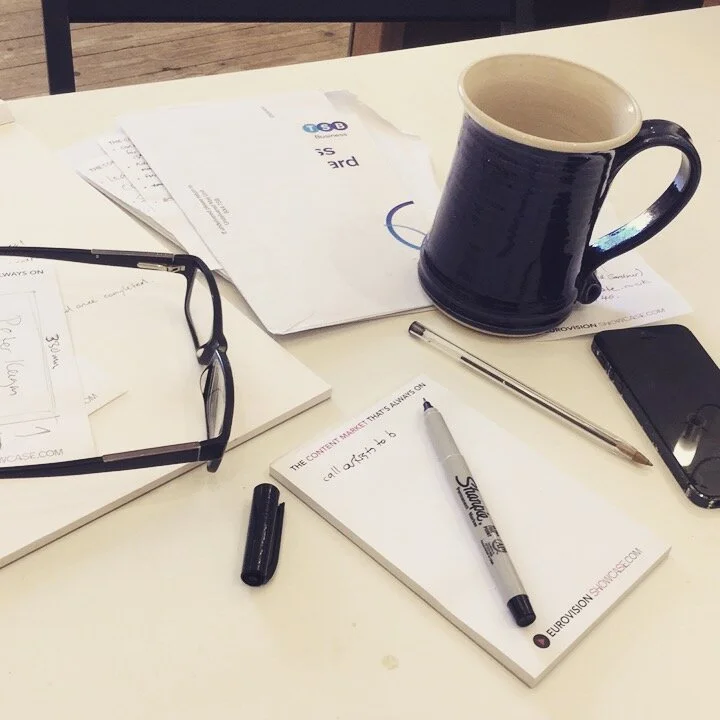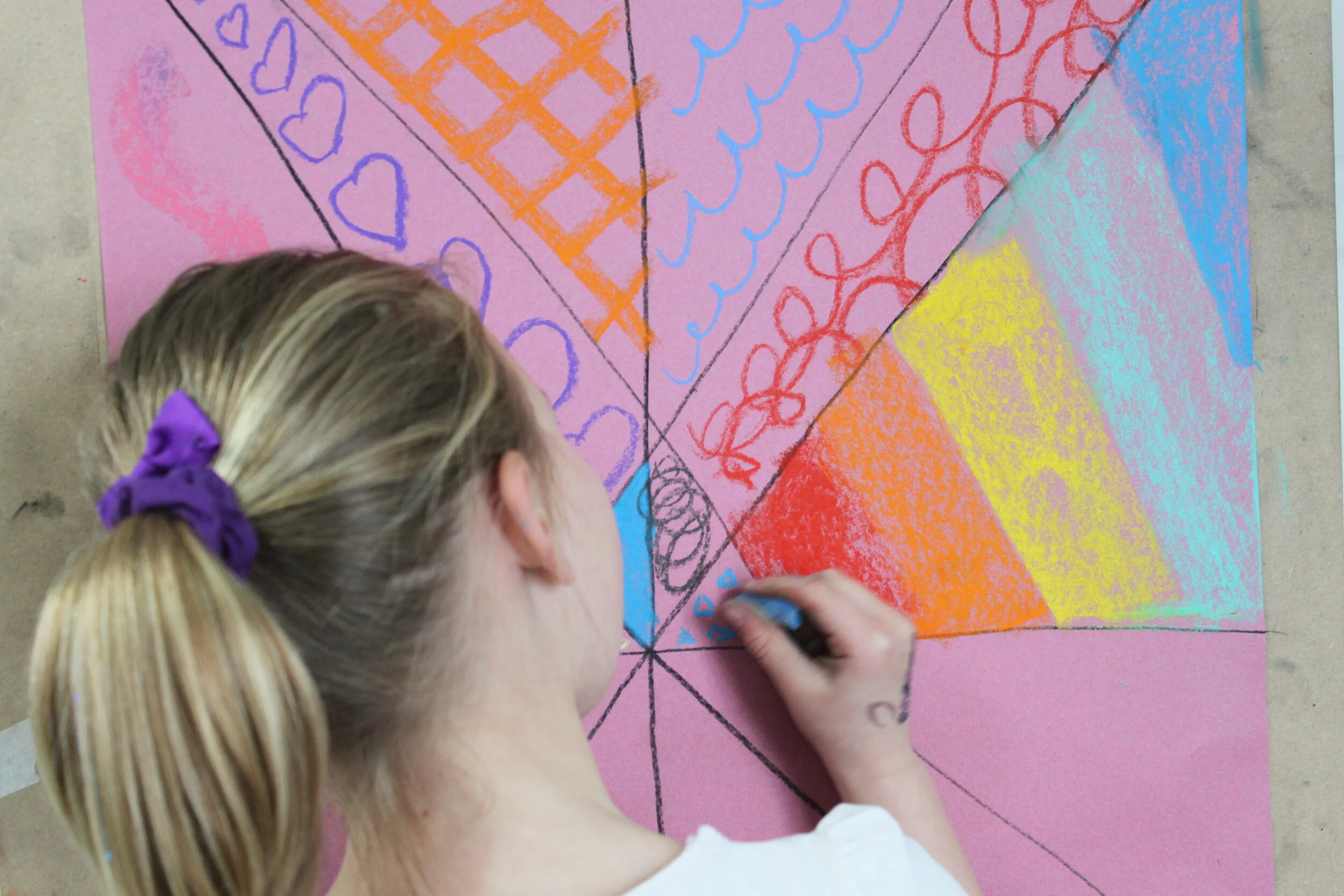Branding
Episode 51: Should you consider ‘branding’ as an artist?
In this episode of Ask an Artist Peter and Laura discuss 'Branding' - they are not trying to get you to burn symbols into your flesh, but is it a good idea to develop a brand identity? On balance they believe it is, a consistent look and feel to your communications and interactions with your customers helps them to recognise you right from the start.
Branding is often seen as too corporate a word to apply to artists, but in this episode Peter and Laura seize the bull by the horns and tackle the positive aspects of establishing a strong brand. Find out how to use branding to promote your individuality as a working artist and how good branding will help you to both reach your audience and hold their attention.
The Useful Stuff
1. Establishing individuality (or brand) is important. You need your customers and clients to remember you. Develop a consistent message about who you are, your values and your style across your website, publicity and social media. This doesn’t mean bringing in a company to create a slick corporate image; quite the opposite, branding should be very much your choice and your statement of identity.
2. Understanding your audience is important. Reach out in an appropriate way and use the right kind of branding to make people feel at home with you and relate to you in a positive way. A minimalist jeweller working in modern materials needs a very different kind of branding to a traditional oil painter specialising in commissioned portraits of racehorses. Do your research and look at your peers and successful artists in your field to give yourself a starting point.
3. Branding does have a practical side. People need to know your name and how to reach you. Beware of beauty over function. A client’s appreciation of your web site will soon turn to irritation if it is too conceptual to navigate, or your business card too minimal to allow them to call.
4. Keep fonts and colours consistent for website, publicity and printed material, but be prepared to review them regularly. Fashions and tastes change; don’t allow your brand to become dated. Out of date printed publicity with corrected details always looks naff, recycle it and order new in smaller quantities.
5. Let people know what you do. Think about adding a descriptive to your name. People need a bit of help and adding ‘printmaker’, ‘silversmith’ etc. will jog their memory, especially if they meet you in a crowded show. Strap lines are optional and need to be short and sweet. Using a specific strap line for a particular event or project can work well. Laura uses ‘Join the Party’ for her friendly and inclusive livestream events.
6. Simplicity is often the best route. Be clear and concise whether it is your website, a marketing email, or a leaflet to hand out. People have a very short attention span. Use pictures where you can. Portraits of you at work are always a success.
7. Make the most of your individuality. People want to engage with you, so share your quirks as part of your brand, like Laura’s love of cliffs mismatched with her hopeless fear of heights. Put a positive spin on any updates and changes you make to your brand. A new look to the website or a publicity update are wonderful opportunities to promote yourself.
The Takeaway
Branding is so much more than a cool logo. Good branding identifies you, your work and your values. Keep it simple, consistent and up to date.
This Podcast is sponsored by Michael Harding Colours. For more information about Michael’s colour range or to find a retailer near you, please visit www.michaelharding.co.uk







